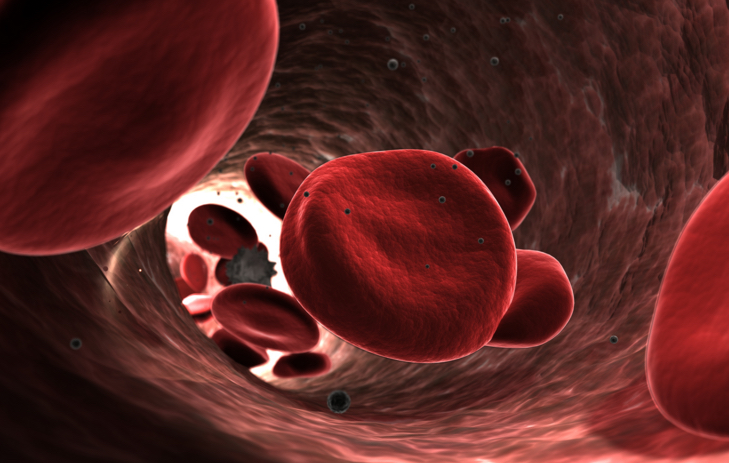The most commonly used drug for aerobic performance is erythropoietin (EPO). There are other banned methods for improving aerobic performance, such as blood transfusions, but the HSC PDHPE syllabus focuses on use of drugs.
EPO for aerobic performance
EPO is a naturally occurring hormone in the body released from the kidneys. EPO is used for aerobic performance improvements because it stimulates bone to produce more red blood cells. The more red blood cells you have the more oxygen the blood can carry leading to improved oxygen uptake and improved performance, particularly in aerobic sports, but will also raise the lactate inflection point.
Physical dangers of EPO use
Erythropoietin, when used for aerobic performance has many well known side effects that are highly dangerous. These include an increased risk of heart disease, stroke, and cerebral or pulmonary embolism. This is because the increase in red blood cells thickens the blood, raising blood pressure and increasing the likelihood of blockages in arteries and damage to artery walls.
Synthetic oxygen carriers for aerobic performance
The development of synthetic oxygen carriers (chemicals that mimic haemoglobin to carry oxygen around the body) is another form of drug use for improves aerobic performance. This allows the body to increase the oxygen carrying capacity of blood increasing oxygen uptake and aerobic performance.
Physical dangers of synthetic oxygen carriers.
The use of synthetic oxygen carriers for aerobic performance carries the risk of cardiovascular disease and other serious side effects, such as: stroke, myocardial infarction, or embolism.
Further Reading
https://www.wada-ama.org/en/questions-answers/epo-detection
https://www.wada-ama.org/en/questions-answers/blood-doping

